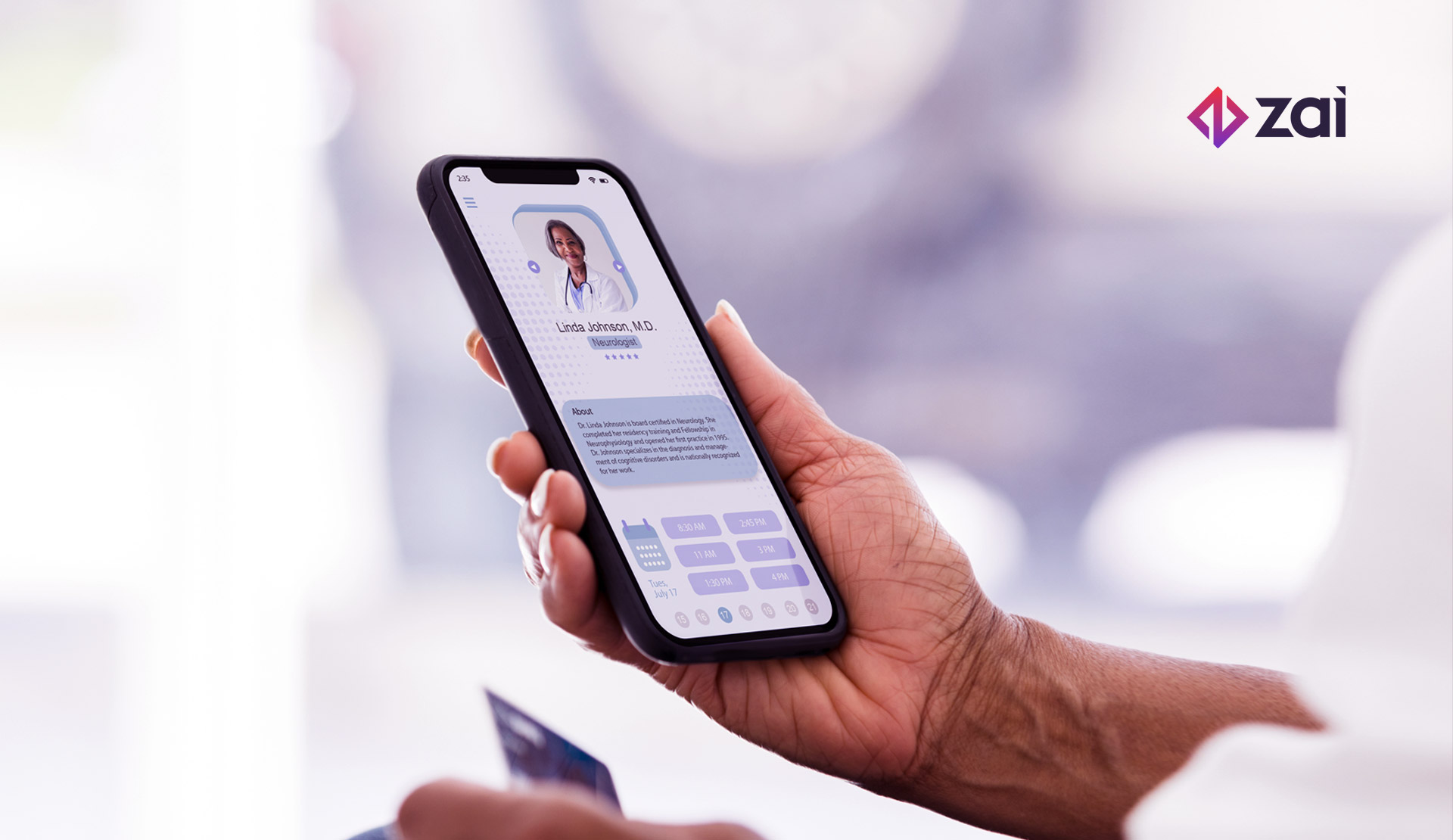It’s an exciting time for our business. With the birth of our new brand Zai, we continue to work closely with our customers to provide solutions that meet their business needs.
As we look to make enhancements to our service, solutions and technology, we’ve been listening carefully to feedback from our users. Through constant customer engagement it became clear that we needed to redesign our original dashboard. To improve our offering, we set out to build a new dashboard product to better suit changing market needs.
Our vision is that the dashboard should be more than just an operational tool, but also a digital customer hub with far more value-added features and actionable intelligence.
We spoke to Farhan Alam, our Head of Design, to discover more about the upgrade.
Q: Why was there a need to redesign the original dashboard?
A: The original dashboard was developed to serve an operational need - to help our customers answer the question of “where’s my money?”
They want to know the history of the money flow, if there's an exception, or something failed, or if it got stuck somewhere, so they need to look into the transaction history. That’s the primary purpose from an operational perspective. There’s also the reporting side of it - a funnel view of money in transit and how many transactions have gone through the platform over a certain period of time.
Q: Is the original dashboard becoming obsolete then?
A: Over time, our use cases have changed, just like our customer base has moved from marketplaces to digital platforms. We started offering new services, such as real-time payments but as that happened, the dashboard struggled a little to keep up.
We recognised the need to create a new dashboard if we were going to scale and grow with our customers.
Q: How will this affect how customers integrate with us?
A: There is no change to integration currently, but the Dashboard has been built for scale. In the long-term, for example, we could look at offering a workflow builder for customers to integrate with. For example, if money is processed using NPP, it goes through a particular flow applicable to the customer’s business, with various wallets and processes throughout the journey. That’s what they build using the API.
A visual workflow builder would allow customers to drag and drop objects, conditions and wallets to build the flow. The coding all happens behind the scenes. In addition, if we were to provide alternate payment methods such as Zip Pay, Klarna, Openpay or Afterpay, you could just select what you want, integrate with a visual workflow builder and go. That went into the development of the new dashboard.
The long-term view is to be able to manage, not just payments, but users too, since they go through so many different statuses. For instance, monitoring and managing KYC statuses, having all this user verification in the hub. For onboarding, we can run support queries and product announcements through the hub.
Q: In terms of the initial release of the new dashboard, how have customers reacted?
A: They are very happy because they were being heard and saw things changing. We kept them in the loop throughout and managed expectations. Our customers are digital platforms; they're in tech and understand scope and engineering. We delivered the initial phase within a reasonable timeframe. They had a better product and their usage gives us feedback for further improvements.
Q: What are your success metrics?
A: Those are based on how many platforms get onboarded with the new dashboard. Our second metric is how many people have started to use the new dashboard and the features they use, and there is really good uptake. We have a fantastic product analytics engine sitting in the background capturing usability metrics And the final was verbal feedback as we meet our customers on a quarterly basis for feedback and research to work on the next set of feature iterations with them.
Q: So, what’s next?
A: Now it's about scaling and adding more features. In particular, data performance. New features will be very data heavy and that's what the dashboard is - data!
We’ll be adding new features such as the ability to export data. Customers won’t have to ask a support team to send them a report. They’ll just go to the dashboard, filter the data and export. They also want to be able to perform searches quickly and this is all very performance heavy. These are the three big features customers want.
It’s now time to make the switch
Our new dashboard is live with features that are being continuously enhanced. We are sunsetting the original dashboard on 2 December 2021. Find out more about the new dashboard and how you can change over here.



